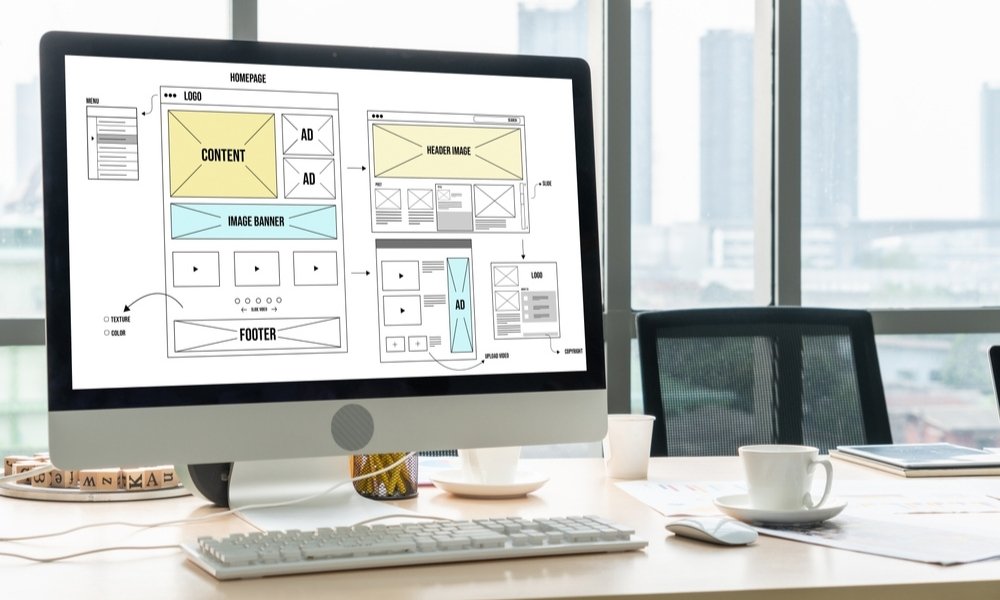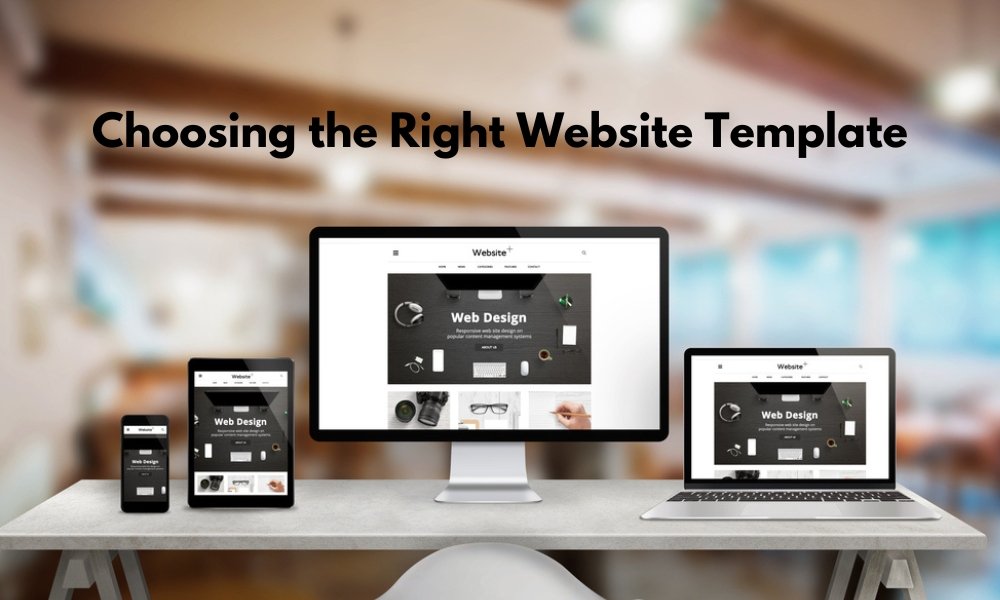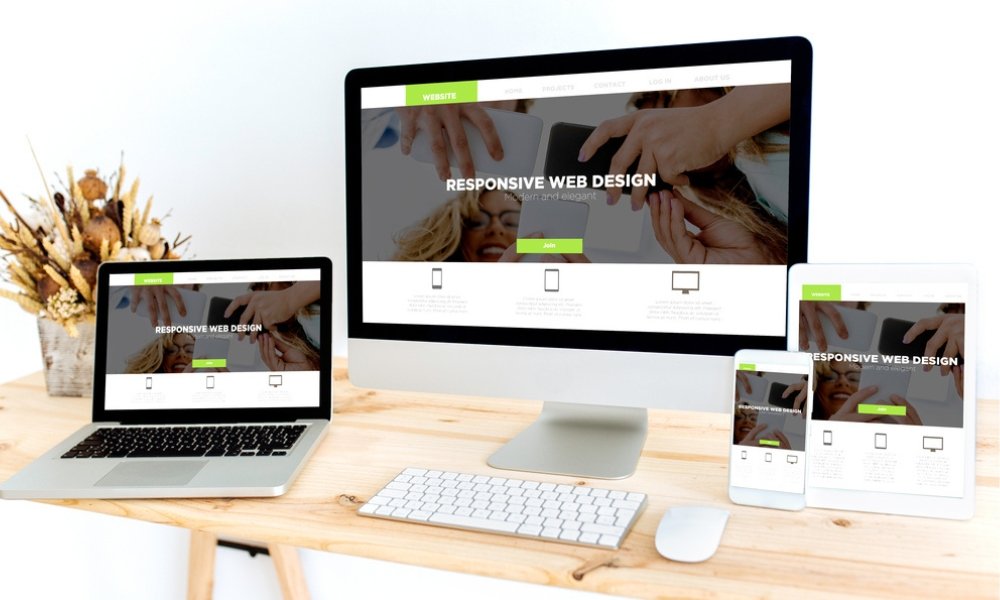I know how overwhelming it can be to set up a digital storefront from scratch. From selecting the right layout to ensuring a smooth checkout process, the details can pile up fast. But there’s a simple solution—pre-designed website structures that take care of the hard part.
These professionally crafted layouts eliminate the need for coding or complex setups. With a solid foundation in place, all you need to do is customize them to match your brand.
Here’s what you’ll learn in this guide:
- What pre-built e-commerce site designs are and why they matter
- The biggest advantages of using them instead of starting from zero
- Key features to look for in a high-quality layout
- How to choose the right one for your business
- Common mistakes to avoid when setting up your site
- Optimization strategies to boost visibility
What Are Pre-Designed E-Commerce Layouts?
Think of these as blueprints for your business website. They come with structured pages, built-in navigation, and an intuitive user experience.
Created by professionals, they incorporate must-have elements such as:
- Modern aesthetics that create a strong first impression
- Mobile-friendly designs for seamless browsing across devices
- User-friendly menus that simplify product discovery
- Optimized pages to showcase items effectively
- Secure checkout features for a smooth shopping experience
For anyone looking to skip the complexities of custom development, these pre-built solutions offer a quick and effective way to launch an online business.
Why Choose a Ready-Made Website Structure?
Starting from scratch sounds appealing until you realize the time and expense involved. Here’s why using an existing layout makes sense:
- Time-saving – No need to create everything from zero. Just select, personalize, and publish.
- Budget-friendly – A professional setup without the cost of custom development.
- Beginner-friendly – No coding required. Many offer simple drag-and-drop customization.
- Sales-optimized – Designed to guide buyers smoothly from browsing to checkout.
- Search engine-ready – Many are structured to help improve online visibility.
If you’re weighing the benefits of a pre-built layout versus a custom solution, this comparison guide breaks it down.
Key Features to Look For in an E-Commerce Layout

Not all designs offer the same functionality. Some might look great but lack essential elements. Keep these in mind when making a choice:
- Mobile responsiveness – More than half of online shoppers use their phones. Your site should work flawlessly on any screen.
- Fast loading speed – A slow site drives visitors away. Choose one optimized for performance.
- Easy navigation – Customers should be able to find products in just a few clicks.
- Customizable options – The ability to tweak colors, fonts, and layouts to fit your brand.
- Secure payment integration – Compatibility with payment processors like PayPal and Stripe.
- Product versatility – Whether selling physical items, digital goods, or services, ensure the layout supports your needs.
If selecting the right one feels like a challenge, this step-by-step guide provides expert advice.
How to Pick the Right Design for Your Business
Different industries have different needs. What works for a fashion boutique may not suit an electronics shop. Here’s how to make a smart choice:
- Match your industry – Choose a structure that aligns with your business type.
- Plan for growth – Ensure the setup can handle more products and traffic over time.
- Test the demo – Most platforms offer previews. Try them before finalizing your pick.
- Read customer feedback – Reviews often reveal how well a particular layout functions.
- Check customization options – Make sure you can adjust elements to match your brand identity.
For more guidance, this article explores key factors to consider.
Mistakes to Avoid When Using Pre-Designed Layouts
Even with a great setup, common errors can hurt your site’s performance. Avoid these pitfalls:
- Focusing only on visuals – A sleek appearance is important, but ease of navigation matters just as much.
- Overloading with features – Too many add-ons can slow down your site. Keep it simple.
- Ignoring mobile responsiveness – Always test how it works across different devices.
- Skipping search engine setup – Proper titles, alt text, and URLs improve ranking.
- Neglecting speed checks – A sluggish site reduces conversions. Use tools like Google PageSpeed Insights to monitor performance.
Want to avoid common errors? This guide highlights what to watch out for.
Smart Optimization Strategies for Visibility
A well-designed store is just the beginning. To attract more visitors, apply these search-friendly techniques:
- Optimize product descriptions – Use clear, engaging wording that highlights benefits.
- Boost site speed – Compress images and limit unnecessary animations.
- Link relevant pages – Connect product categories, blog posts, and FAQs for better engagement.
- Write compelling titles – Clear, keyword-friendly headings encourage clicks.
- Encourage customer reviews – Feedback builds trust and adds fresh content.
For additional insights, this article on mobile-friendly layouts explains why adaptability is key for online success.
The Bottom Line
Launching a business website doesn’t have to be complicated. A well-structured layout provides a strong foundation, helping you establish a professional presence with minimal effort. Whether you’re selling handcrafted goods, digital products, or services, the right setup can make all the difference.
If you’re ready to take the next step, explore this collection of pre-designed e-commerce layouts to find the perfect fit for your business.



